
Revive Stronger
How To Make Your Own Successful Meal Plan
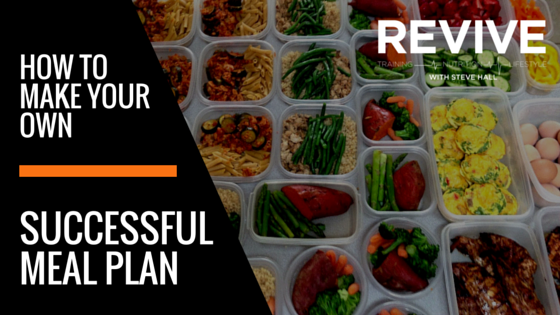
Now I am not a fan of meal plans, because most are generic, restrictive and consequently…well crap. However, today I am going to help you create your own — Custom Meal Plan: Goal driven, productive and certainly not crap.
It won’t be — restrictive.
It will be built around — your lifestyle and preferences.
It is exactly how I build meal plans (if required).
Before we go of any further I want to go over the negatives and positives of meal plans, and how we can then take advantage of all the good things about them and diminish the bad points.
Table of Contents
By the end of this article you will have all the skills to develop your own successful meal plan.
Negatives of Meal Plans
You know I am a big proponent of a Flexible Diet in which there is no ‘plan’ but the way you eat is guided by macronutrients, preferences and educated choices. The main reason is because I think any other version of a diet has some negatives that result in them failing in the long-term, and with that I will go over the negatives of traditional meal plans.
So we have our meal plan, a list of meals to eat, times to eat them and we’re set. This is inherently restrictive; by food choices and times. At first it’s fine, awesome dinner is at 7pm and we love steak and broccoli, plus who doesn’t like having porridge and a protein shake for breakfast?
So one day we get invited to a meal out with friends, it’s Dave’s birthday and his favourite food is pizza and you always go to his favourite italian restaurant each year. Our diet plan however doesn’t have pizza on it, so what do we do? We only really have two choices; one we decide to let Dave down and not go to the meal, or alternatively; we go to the meal enjoy the pizza, we’re off our diet plan.
PROBLEM: ENCOURAGES ANTI-SOCIAL BEHAVIOUR
In that one example we have identified two problems; the diet plan encourages anti-social behaviour. If our diet doesn’t allow us to enjoy eating with friends and family is it really going to be sustainable? Eating out whether at restaurant, family or friends house is a very social event and engrained in our culture. We’re not going to live a life of social exclusion or one where we take our tupperware to other people’s homes.
[bctt tweet=”Don’t be that guy that takes tupperware everywhere he goes”]
PROBLEM: ENCOURAGES BLACK & WHITE THINKING
The second is that it encourages black and white thinking; we are either ‘on’ or ‘off’ our diet. The problem here being is that we end up having good and bad days, and eventually we are off our diet so often we do not see any results. As when we’re off, we indulge (binge), because there are so many foods we love that we cannot have, so best get them in when we’re off the diet. So we went to Dave’s meal and well we had a few pints, a pizza, some garlic bread and well we were off our diet so we also had some gelato.
[bctt tweet=”Your diet is not a light switch — you’re not ‘on’ or ‘off'”]
There have been studies that show when people are restricted from eating certain foods they crave them more [1]. We know this to be true because whenever we are ‘off’ our plan we eat all the foods we wish we could have when on it. Studies have also shown exposure to palatable food tempts restrained eaters into overeating [2]. Even if we go with the best intentions to stick to our diet, once we smell and see the foods we cannot have before we know it, we’ve broken our diet.
PROBLEM: LACKS VARIETY
Also our meal plan doesn’t provide much variety, we have three meals with a couple of snacks. So we’re pretty much eating the same things over and over again, and overtime we see holes develop in our nutrition. We begin to miss-out on some essential micronutrients due to this lack of variety. Plus does our plan provide sufficient protein for our goals? What about fibre? We only really find out after months of following the meal plan and by then we could have done ourselves some real damage.
PROBLEM: LACKS EDUCATION
With that we have discovered another problem of our meal plan; it doesn’t provide us with any education. We don’t know how many calories it is providing, and even if we do know that we don’t know how many it is in relation to our maintenance intake (calories needed to maintain our bodyweight). What about macronutrients? The plan has a lot of meat included and some nuts and oil, but we don’t know how many grams of protein and fat we’re getting, and whether it is sufficient for muscle growth and health.
[bctt tweet=”Diets without education are destined to fail”]
Our meal plan acts like a taxi; we want to get somewhere but we don’t know how or want to put in the work to get there, we just want to get there. So the taxi takes us to our desired location, much like we hope the meal plan will, but do we know how we got there? No of course not the taxi man didn’t take us through the route taken, he just did his job, just like the meal plan doesn’t teach us how to lose fat or gain muscle. However, unlike the taxi, the meal plan might not even get us there, because of the problems identified above. — Wouldn’t it be great to know why and how our diet did or didn’t get us results?
PROBLEM: TIME RESTRICTIVE
Now our plan says we have to eat Meal 2 at 2pm, but we have an important meeting at 2pm. What do you do? Do you miss the meal? Do you try to take your meal with you? The thing is because we’re not educated about why or if meal timing really matters to us, we’re lost and confused. We might end up ‘off’ our diet and therefore wasting another day not sticking to the meal plan.
You know what all of the above ends up doing? It causes us to eventually fold and give up on the diet, and when we do this (and studies have shown this [2, 5]) we’ll regain some if not all the weight we lost back. This is why diets that impose needless restrictions will always lose out to those that are flexible, you’re better off being consistent 80% of the time for life than 100% for a couple of weeks.
[bctt tweet=”You know what you really want? That which you ‘cannot’ have.”]
Positives of Meal Plans
OK so our meal plan has some negatives but we don’t totally hate it. Yeah sure we have a pretty restrictive selection of foods and meals, and have to try to eat them by a certain time, but there are some aspects we love about our meal plan, so let’s go over those.
BENEFIT: SAVES TIME
So it’s the start of the week and you know what, we know exactly what we’re eating each and everyday. There is no ‘what am I going to eat tonight?’ no second guessing or time wasted trying to find something to have for dinner. We live busy lives and so having some consistency in what we’re eating makes life flow easier, by streamlining what we’re eating we save heaps of time.
[bctt tweet=”Meal prep prepares me for success”]
BENEFIT: EASY TO UNDERSTAND AND CARRY OUT
Plus it’s not like we have to count calories on the foods we’re eating, looking at the nutritional information on everything when we’re out looking for a quick bite for lunch. Nope. We have our meals, and can even make them up in advance, our meal plan is easy to understand and carry out. In fact we could even make all out meals in bulk, saving money and time. The below images are from my ‘Meal Prep Sundays’ — every Sunday I would make my meals for work (when I worked in an office).
BENEFIT: LOW STRESS
It can get pretty stressful having to design meals to fit in our diet; ‘this has too many calories’ or ‘this is too high carb’ and we hate having to think hard all the time, so our meal plan reduces stress which we like. Having to do math, or research what foods are OK to have in our diet or not OK is annoying and can become overwhelming.
BENEFIT: IMPROVED ENERGY LEVELS
You know what, making sure we eat balanced meals at certain times of the day really has improved our energy levels throughout the day. Having this structure in place makes sure we get in fuel before and after our workouts and spreads our calories out nicely throughout the day so we’re never starving or low on energy. There are some proven benefits to having some sort of structure to timing your nutrition. [3] This becomes ever more important when we’re on a limited number of calories, and our meal plan has definitely help support our gym performance.
BENEFIT: CONSISTENCY
When we eat the same amounts and same foods each day it keeps a lot of things very consistent, from our sodium intake to the total food weight we eat each day. This consistency is something we like because it means when we weigh ourselves each day the number doesn’t have huge fluctuations like it might when we have a more varied diet. For some people this reduces stress further and for those who need to hit a certain weight for a sport (e.g. powerlifting or physique weight category) it can allow progress to be tracked more easily.
Setting up your Meal Plan for Success
OK so we have looked over the positive and negatives of our meal plan, and want to find a middle ground where we can take advantage of the good and drop the bad. In todays modern food environment we are bombarded with Big Macs, Krispy Kremes and all sorts of tasty foods, studies have shown restrictive eaters (like those following typical meal plans) are very sensitive to such temptations, and eventually crack, breaking their diet. [2] People who follow these diet plans have an ongoing conflict between controlling their weight and enjoyment of food (this is called The Goal Conflict Model of Eating [2]), what if I told you there was a way to do both?
[bctt tweet=”You can enjoy your diet & get results”]
THE REAL REASON THE MEAL PLAN WORKS
So first off we need to look at the real reason the meal plan is working, because they do work and there have been many studies to show this, however they don’t seem to be a viable solution for the long-term. [9]
It all comes down to the foundations; the calories, the macro and micronutrients and whether they are provided in sufficient amounts for our goals. It isn’t the ‘magical’ foods we’re eating and the secret isn’t down to the times we eat, it all comes down to calories, macros and micros. If we have those three areas in check — boom we see results.
Just by having an understanding of these facts is essential, and it already abolishes one of the negatives; ‘lack of education’. So when we look at our meal plan, we mustn’t just look at the meals and foods, but the nutrition they are providing for our body. Once we have that understanding we can start working on some of the other negatives.
BUILDING YOUR CUSTOM MEAL PLAN
Right so now we know exactly why our meal plan is working we can start building our custom meal plan. Here we’re going to go through 4 steps:
- Work out your Priorities: in your Tailor Made diet I went over how you can work out how many calories you need and how many grams of protein, fat and carbs you require for your goals. This will give you the foundational knowledge you need.
- Select the Number of Meals: because we have number one sorted everything else matters to a much smaller degree, with that being said we want our meal plan to be as successful as possible. So we will make sure to select the number of meals that suits our lifestyle, whether that’s little and often or big and infrequent select a number that makes it easier to stick to our plan. My recommendation for most people would be 3 to 5 meals split relatively evenly throughout the day, whether gaining or losing weight. No more meals do not increase your metabolism or fat loss when calories are controlled. [4]
- Food Selection: now we have our nutrition we need to hit and how many meals we are splitting it within we can start making our meals by selecting foods to make them. Remember for this meal plan to work it needs to be something we can stick to and also provide us with sufficient micro and macro nutrition. So with that in mind it’d be a good idea to select foods we enjoy eating and that most are wholesome, minimally processed foods. A good way to visualise this is eating 80% of your food from meats, dairy, nuts, fish, fruits, veggies, oils etc. and 20% can come from discretionary sources that you simply love. That way we can make sure the meal plan we design meets our personal preferences and also nutritional needs. By having a little of what you love will stop you binging or coming ‘off’ your diet; studies have shown that exposure to food smells (cakes, pastries, sweets and pizza) had no significant impact on consumption of unrestrained eaters, but caused restrained eaters to eat significantly more. [2] — you can do this using a food diary app, I recommend myfitnesspal.
- Make it Flexible: this final step is going to take a bit of explaining so we will go over it below.
Awesome, we now have a fully functioning meal plan that we love, understand and well it will work. However, we still haven’t addressed some of the negative aspects that are inherent with meal plans. As you know I am a fan of a more flexible approach, and the reason for this is because when people follow rigid diets they have a harder time maintaining their fat loss and are more likely to develop disordered style of eating. [6] When we are flexible in our approach we’re less likely to binge, because we can eat a bit of what we crave now and then and so are better able to control our good intake over the long-term [7, 8].
THE TRANSITION TO FLEXIBLE DIETING
Lets use the example with Dave and his pizza meal; so our meal doesn’t match our meal plan, but we now want to be flexible and somehow get this to work. So rather than having our meal plan in-front of us and looking at the foods and seeing pizza not there, we look at our meal plan and identify how many calories and macronutrients we are eating.
Lets say for example we’re looking to drop fat and the food on our meal plan comes to; 2273 calories, 183g protein, 234g carbs, 66g fat. We then look up what we think would be the nutritional information (you can do this on myfitnesspal) for the pizza and see it comes to 840 calories, 40g protein, 110g carbs, 23g fat. So now we have an understanding of this we could ‘fit’ this pizza into our overall nutrition plan, sure the foods wouldn’t match up but for one day we know that fitting in this meal won’t ruin our progress, as the overall nutrition is what counts.
Now what we can do is reduce some of our meals during the day to allow for your pizza, if we wanted to get really specific we could do this by the macro, or for the sake of simplicity we could just cut 840 calories down (I go over the Flexible Pillars in this article). This would allow us to stick to our diet and also enjoy the meal with our mates. We successfully destroyed two negatives of our meal plan, because we understand what’s most important.
At first this seems like a total pain in the back side, and yeah it sucked. However, we made it work and now every time something like this crops up we can handle it with ease and it allows us to sustain our diet which is pivotal to progress.
Now we need to work on making our diet provide more variety, because we know we’ll get bored with eating the same foods over and over again. So much in the same way as above we use our knowledge about the total nutrition provided and look at one of our meals we want to change. It’s steak and broccoli…again, we’re now sick of it and want to switch things up, so we look at the nutritionals; it comes to 400 calories, 45g protein, 10g of carbs and 20g of fat.
[bctt tweet=”Flexible dieting gets easier with time”]
Now we can go away and make a meal of our choice, all it needs to do is fit within those guidelines. So we have a look at some foods and come up with chicken with creamed spinach, it contains just as much protein, carbs and fat. Now instead of restricting ourselves we allowed some variety, it provided some micronutrients we don’t usually get, fit our diet plan and therefore kept us from going ‘off’ our diet.
As you can see, we’re slowly moving away from our meal plan and moving further towards a flexible style of eating, the one I am such a big fan of. The meal plan we have used can act as ‘nutritional training wheels’ (as Eric Helms from 3DMJ puts it) allowing us to transition to a more flexible dieting approach. Now we’re educated to why the diet is working and what different foods provide for our body — this is absolutely key, it is a skill we will take and use for life.
Making your Custom Meal Plan Flexible
You’ve made it this far, you have all the tools you could possibly want to make a meal plan that works. Plus you have now got the knowledge to flex it, to suit you when you need it to. However, you want to retain some of the benefits that a meal plan has, because let’s be honest some of us do not have the time to track and weigh our food and adjust things to make it fit everyday.
What you must however make sure you do is 100% understand that the reason the meal plan is working are not the foods themselves, but what they provide your body. With that knowledge you can not only adjust when you want to eat with friends or change a meal, but you can manipulate those numbers to keep the meal plan working for you. You know all too well that you cannot just eat the same amount of calories every single day and keep losing fat indefinitely, there will come a time when you need to make a change, and with an understanding of nutrition you can do this, and that is why it is so utterly important.
Now we have that out of the way I want to take you through some ways you could combine meal plans and flexible dieting to get a nice combination of the benefits of each. I will take you through some options going from the least to most flexible.
OPTION 1: MULTIPLE MEAL PLANS
Using this option you design a couple of meal plans, all of them containing foods you love and the right amount of total nutrition for your body, but each containing different foods. That way you ensure to get variety and also avoid getting bored with your food.
OPTION 2: FIVE-TWO PLAN
With this method you follow a meal plan five days of the week and then on the weekends you free ball it. This is really helpful for anyone who works a busy job during the week and relishes on the predictability and structure of a meal plan when they’re time poor, but have more free time on the weekend to vary their food choices.
OPTION 3: SEMI-MEAL PLAN
This approach is one I use very frequently, in that I plan out a couple of my meals for the day and then use a macro guided flexible dieting approach to fill in the gaps. For example I know I will have boiled eggs with roasted vegetables and toast for breakfast, an apple, banana and protein mug cake post workout and then my dinner will vary each day depending on what I want, it will however always achieve my nutritional needs. If you use this approach you get a lot of flexibility and also some predictability.
The thing is you can go about Flexible Dieting in so many ways, and yes meal plans can totally be part of a flexible dieters tool box. In fact I’d argue at times a meal plan should be used, to help keep stress down and make life easier. So do yourself a favour and move away from rigid dieting and start making your flexible meal plan, you will not only see better results, you will see results that stick.
You will never be ‘on’ or ‘off’ your diet or see foods as ‘good’ and ‘bad’ but constantly eating in a way each day that in the long-term will take you towards the body you want — think of it as a lifestyle.
WHAT NEXT?
Do you need any help with the above? Do you have any questions you need answering? Do you want to start flexible dieting and using it to drop fat, gain muscle and just enjoy life more?
Join my free facebook group or add me on snapchat (revivestronger) and ask your question there, I will respond asap.
If you want to learn more about flexible dieting I recommend you read this: How to Start Flexible Dieting.
One more thing…
Do you have a friend who is a rigid dieter or is struggling to see the results they want? Share this article with them and let me know what they think.
[bctt tweet=”Create your own custom meal plan”]
References
- Symposium on ‘Molecular mechanisms and psychology of food intake’ The psychology of food craving* Andrew J. Hill Academic Unit of Psychiatry & Behavioural Sciences, School of Med. Proceedings of the Nutrition Society (2007), 66, 277–285
- Why dieters fail: Testing the goal conflict model of eating Wolfgang Stroebe a,*, Wendy Mensink a , Henk Aarts a , Henk Schut a , Arie W. Kruglanski b. W. Stroebe et al. / Journal of Experimental Social Psychology 44 (2008) 26–36
- Nutrient timing revisited: is there a post-exercise anabolic window? Alan Albert Aragon1 and Brad Jon Schoenfeld*Journal of the International Society of Sports Nutrition 2013, 10:5
- Bellisle F et. al. Meal frequency and energy balance. Br J Nutr. (1997) 77 (Suppl 1):S57-70.
- Nordmann AJ, Nordmann A, Briel M, et al. Effects of low-carbohydrate vs low-fat diets on weight loss and cardiovascular risk factors: a meta-analysis of randomized controlled trials.Arch Intern Med. 2006;166(3):285–293. doi:10.1001/archinte.166.3.285.
- . Stewart TM, Williamson DA, White MA. Rigid vs. flexible dieting: association with eating disorder symptoms in nonobese women. Appetite. 2002;38(1):39–44.
- Meule A, Westenhofer J, Kubler A. Food cravings mediate the relationship between rigid, but not flexible control of eating behavior and dieting success. Appetite. 2011;57(3):582–584. doi:10.1016/j.appet.2011.07.013.
- Meule A, Papies EK, Kubler A. Differentiating between successful and unsuccessful dieters. Validity and reliability of the Perceived Self-Regulatory Success in Dieting Scale. Appetite. 2012;58(3):822–826. doi:10.1016/j.appet.2012.01.028.
- Lopez Barron G, Bacardi Gascon M, De Lira Garcia C, Jimenez Cruz A. [Meal replacement efficacy on long-term weight loss: a systematic review]. Nutr Hosp. 2011;26(6):1260–1265. doi:10.1590/S0212-16112011000600011.
We are a personal coaching service that helps you achieve your goals. We want you to become the best version of yourself.


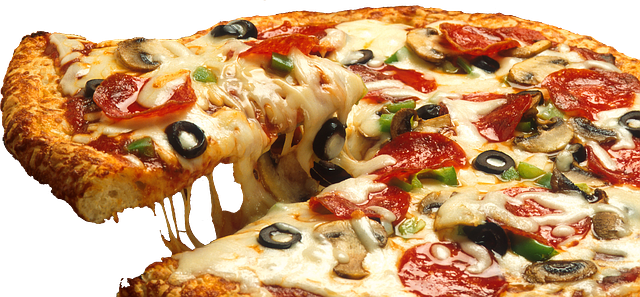
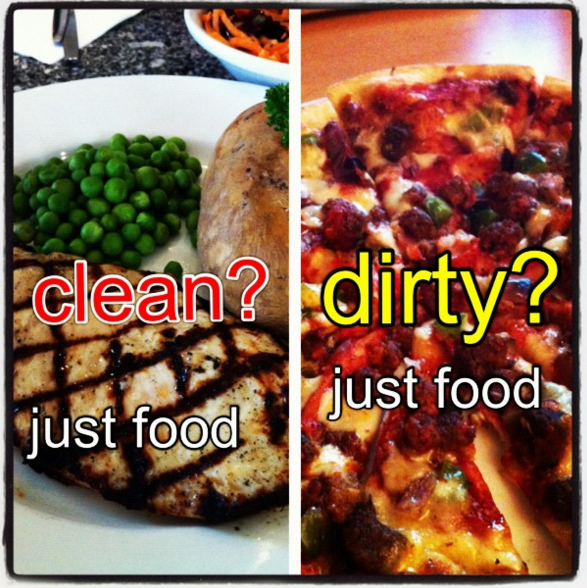
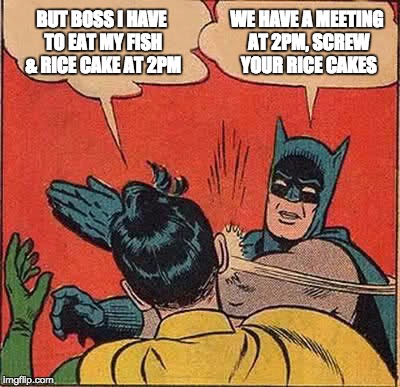

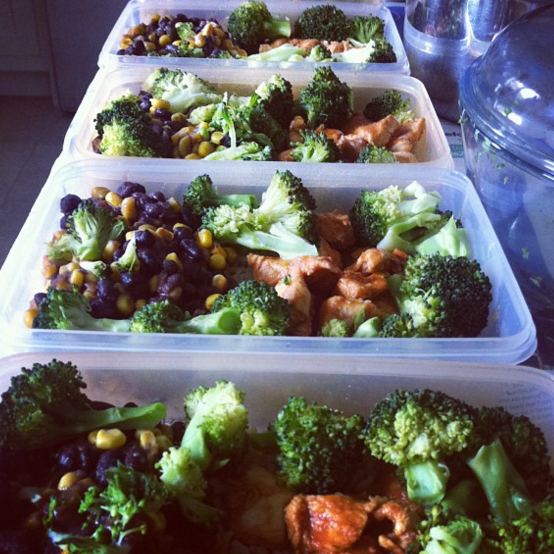
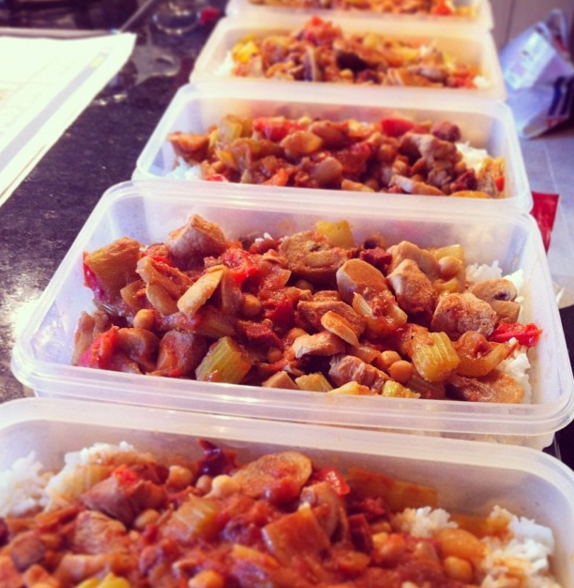
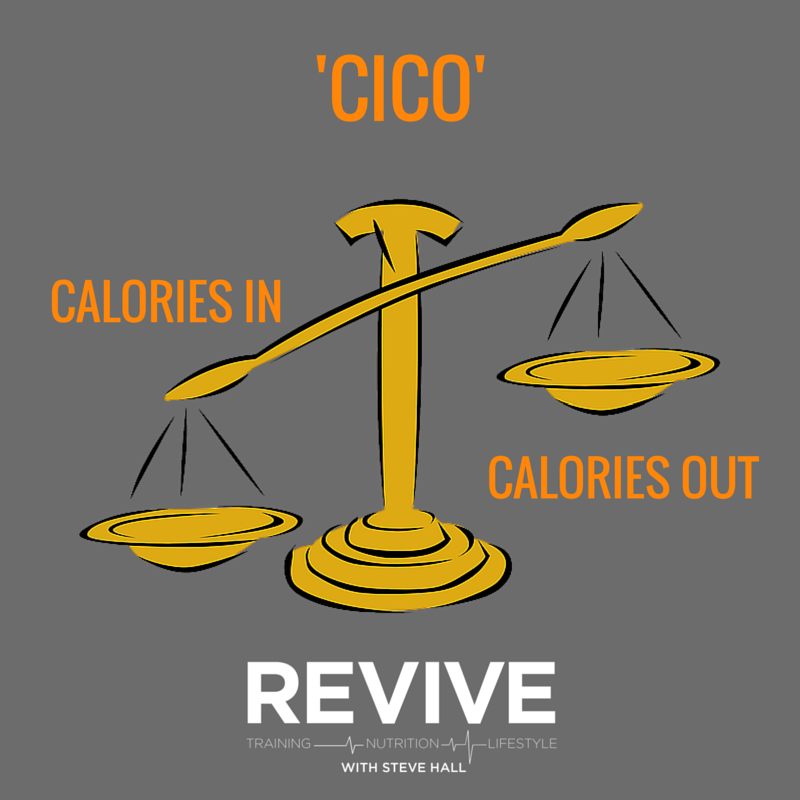

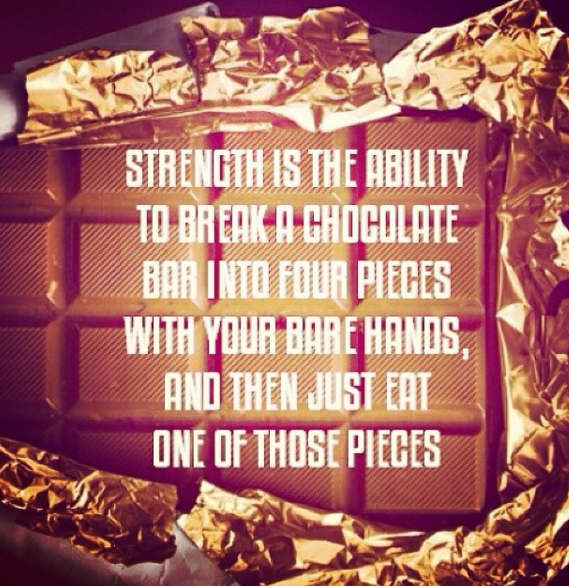




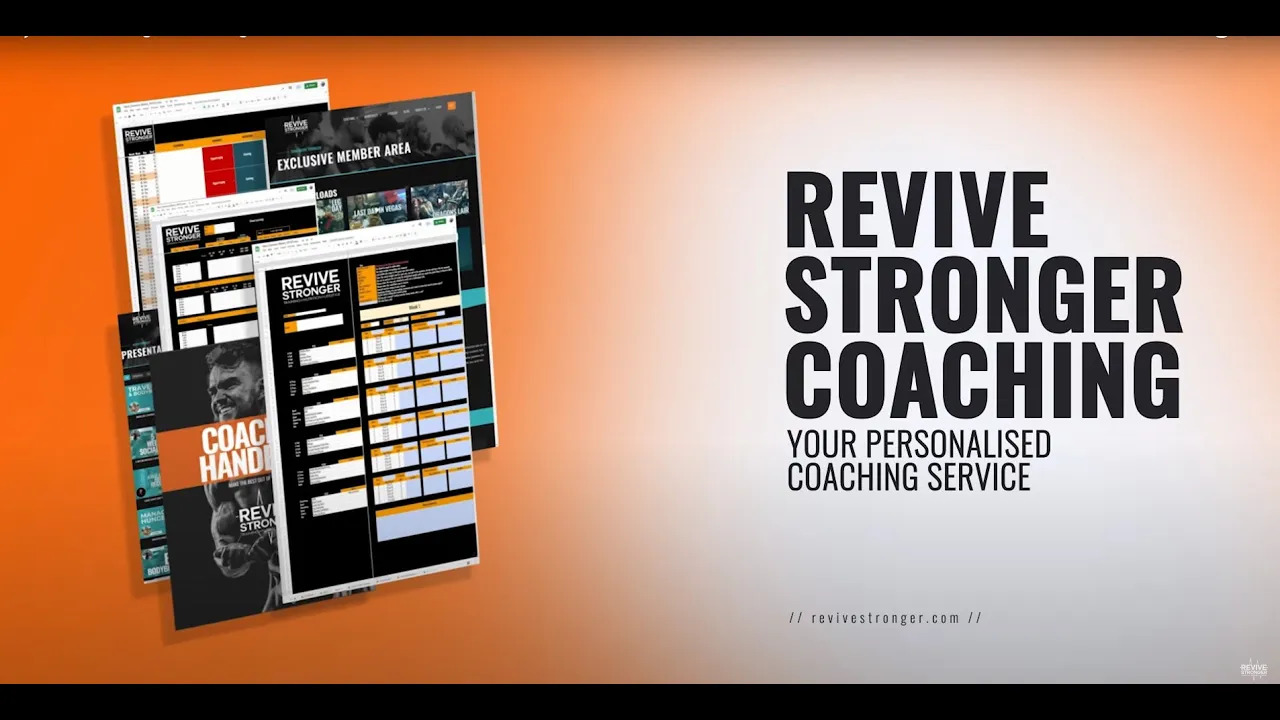
Comments are closed.